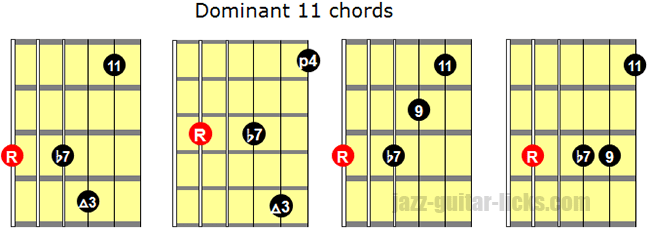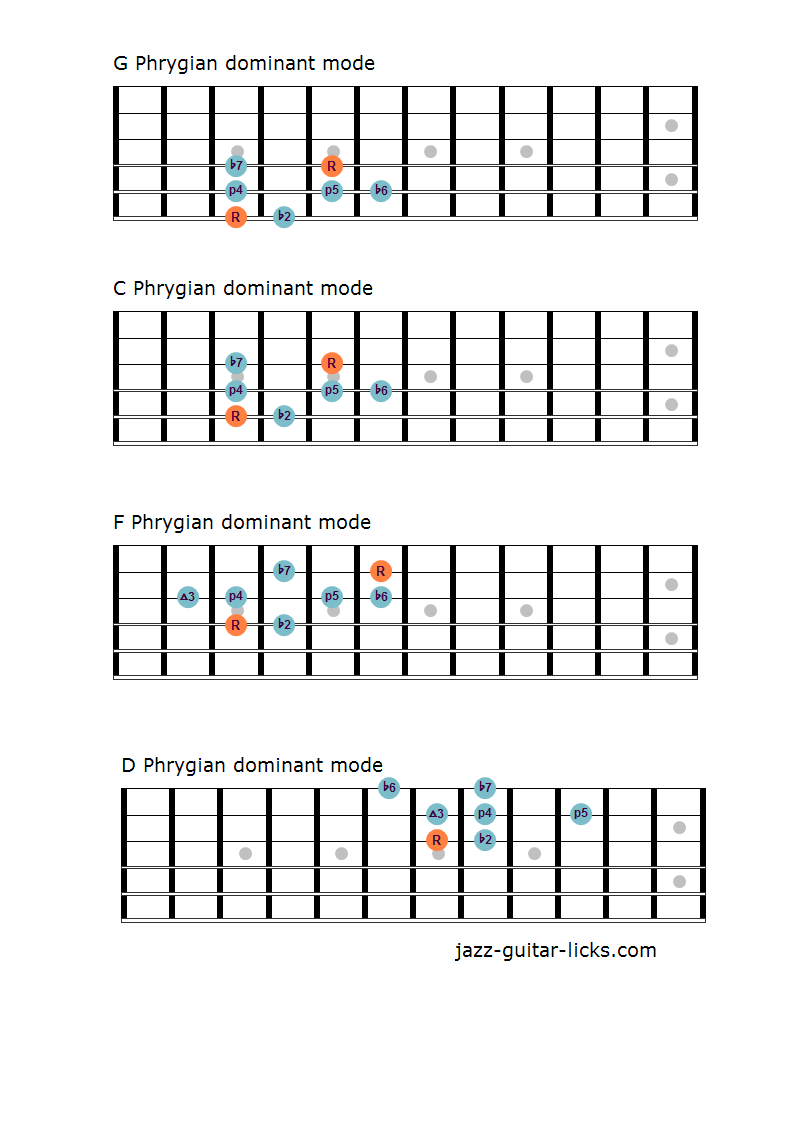
The chords are related because they share the same tritone.The substituted chord is a tritone away from the chord it is replacing.Tritone subs take the place of V 7 chords, either applied or diatonic. The “tritone” part of the name comes from two key roles of tritones in these substitutions: While the above methods of substitution are common in pop and classical styles as well, the tritone substitution is unique to jazz. Mapping the twelve-tone chromatic collection onto a circle helps to illuminate the symmetry of a tritone. Mixture and diatonic versions of the same chord have the same function.

Mixture chords are most effective when they involve \mathit. These particular substitutions-changing a ii 7 to a ii ∅7, and a G 7 to a G 7♭9-are particularly common uses of mode mixture in jazz.Įxample 3. As an example, consider the turnaround in Example 3: instead of a diatonic version, one may choose to incorporate le (\downarrow\hat6) to generate some more colorful harmonies. A mixture substitution works best when the scale degree being inflected is la (\hat6), and is therefore being transformed into le (\downarrow\hat6). But mixture chords can also work as improvised substitutions: a chord within a diatonic chord progression can be substituted with its minor-mode variant to produce a color change that won’t change the overall function of the chord. Many songs, like “All of You,” have mixture built into their chord structure. “All of You” by Cole Porter uses a minor iv chord (Fmi) and a half-diminished ii chord (D ∅7) even though the tonic is major.


A♭ here can be understood as being borrowed from the parallel minor (C minor), a practice known as mode mixture.Įxample 2. Listen to this recording by Ella Fitzgerald (transcribed in Example 2), conveniently in C major, and observe how the alternation between A♮ ( la, \hat6) and A♭ ( le, \downarrow\hat6) catches the ear and imbues a sense of sentimentality in the song. “All of You” by Cole Porter is a composition that has mode mixture built into it. When a progression has root motion by fifth, the quality of the first chord can be changed to dominant seventh in order to transform it into an applied V 7. One especially common place where this is implemented is in the turnaround, where, because each chord is related to the next by fifth, a chain of applied V 7s is a common variant ( Example 1).Įxample 1. Applied Chords as SubstitutionsĪs discussed in the Tonicization chapter, an applied chord can be productively related to the diatonic chord with which it shares a root note.īecause root motion by fifth is extremely common in jazz, there are many opportunities for performers to simply substitute the first chord in a fifth-wise chord progression with the dominant seventh built on the same root. This chapter uses the turnaround as a basic progression to be altered, but these substitutions can be applied anywhere in a harmonic progression. Substitutions provide a way for performers and arrangers to put a new spin on more well-trodden harmonic progressions. The name refers both to the interval between the original and substituted chords and to the fact that the two chords share the same tritone.Ĭreating new interpretations of old favorite tunes is one of the cornerstones of jazz, and because of this, the concept of chord substitutions is extremely important.



 0 kommentar(er)
0 kommentar(er)
